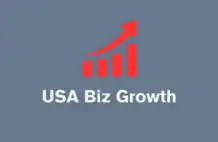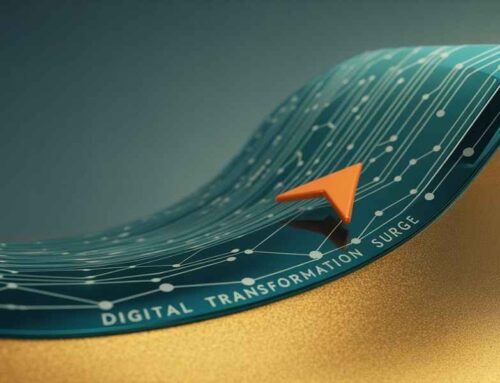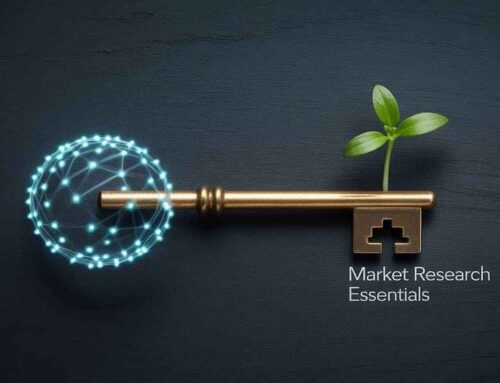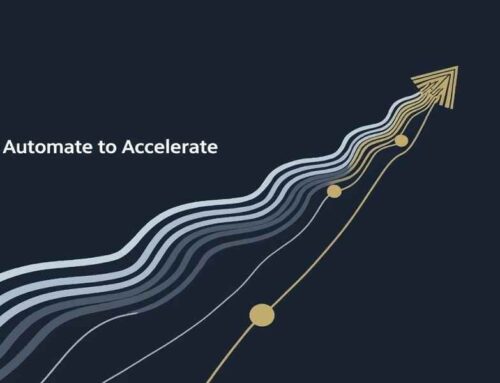
The Circular Economy
In recent years, the concept of the circular economy has gained significant traction. Far from being a fleeting trend, it stands as a powerful blueprint for achieving sustainability and profitability in an increasingly resource-constrained world.
As businesses, consumers and governments become more cognizant of environmental issues, the circular economy’s potential to drive growth cannot be overstated. This article explores the principles of the circular economy and how its adoption can lead to sustainable practices, ensure resource efficiency and foster financial gains.
Understanding the Circular Economy
The traditional, linear economy operates on a “Take, Make & Dispose” model. Raw materials are extracted, transformed into products and ultimately discarded after use. This approach results in significant resource depletion and environmental degradation.
In stark contrast, the circular economy emphasizes keeping resources in use for as long as possible, extracting maximum value from them while in use and recovering and regenerating products and materials at the end of each service life.
This model hinges on three primary principles:
- Designing Out Waste and Pollution: Products should be designed thoughtfully to minimize waste and pollution. This includes considering the lifecycle of the product and ensuring that it can be easily disassembled and repurposed.
- Keeping Products and Materials in Use: Encouraging practices such as recycling, refurbishing and remanufacturing to ensure that products and materials have extended lifespans.
- Regenerating Natural Systems: Using regenerative practices to return valuable nutrients to the earth, thereby supporting biodiversity and ecosystem health.
The Business Case for the Circular Economy
Businesses across various sectors are beginning to recognize the tangible benefits of circular economy practices. Here’s how the circular economy can drive growth and profit:
- Cost Savings and Efficiency Gains: By using resources more effectively, companies can significantly reduce their production costs. For example, using recycled materials can often be less expensive than sourcing virgin materials and designing products for longevity can reduce the frequency and cost of replacements.
- New Revenue Streams: The circular economy opens up avenues for innovative business models such as product-as-a-service, where companies sell the service of a product rather than the product itself. For instance, Philips offers lighting as a service, retaining ownership of the equipment and allowing customers to pay for the light they use.
- Enhanced Brand Value and Customer Loyalty: Consumers are increasingly favoring brands that demonstrate a commitment to sustainability. By adopting circular economy practices, businesses can improve their brand image and build stronger relationships with environmentally-conscious customers.
- Regulatory Compliance and Risk Management: Governments worldwide are implementing stricter environmental regulations. Adopting circular economy principles can help businesses stay ahead of regulatory requirements, avoid penalties and manage risks associated with resource scarcity and environmental impacts.
- Innovation and Competitiveness: The shift towards a circular economy often drives innovation in product design, materials science and waste management. Companies that embrace these innovations can gain a competitive edge in the market.
Real-World Examples of the Circular Economy in Action
Several companies are leading the way in implementing circular economy practices, demonstrating their viability and profitability.
- Patagonia: This outdoor apparel company has long been a proponent of sustainability. Through its “Worn Wear” program, Patagonia offers customers the opportunity to trade in their used gear for store credit, which is then refurbished and resold. This not only extends the life of products but also fosters customer loyalty.
- Renault: The automobile manufacturer has embraced circular economy principles by remanufacturing used car parts and incorporating recycled materials into new vehicles. This approach not only reduces waste but also cuts production costs and conserves valuable resources.
- Unilever: The consumer goods giant has committed to making all its plastic packaging fully reusable, recyclable or compostable by 2025. By investing in more sustainable packaging solutions and encouraging a circular approach to plastics, Unilever is not only reducing its environmental footprint but also meeting the growing demand for eco-friendly products.
Steps to Transition to a Circular Economy
For businesses looking to transition to a circular economy, it’s essential to understand that this shift requires a systemic change, going beyond superficial adjustments. Here are some critical steps to consider:
- Rethink Product Design: Companies need to design products with the end of their lifecycle in mind. This means creating items that are durable, repairable and recyclable. Employing modular design can make it easier to replace or upgrade individual components, thereby extending the product’s lifespan.
- Adopt Innovative Business Models: Exploring new business models such as product-as-a-service, leasing or subscription-based services can encourage product longevity and repeat customer interactions. These models often benefit both the company and the consumer financially.
- Engage Stakeholders: Collaboration is crucial in the circular economy. Businesses should engage with suppliers, customers, governments and other stakeholders to build a circular value chain. Transparent and consistent communication can foster shared goals and drive collective efforts.
- Invest in Technology: Advancements in technology are pivotal to advancing circular economy initiatives. Companies should invest in technologies that facilitate recycling, remanufacturing and waste reduction. For example, blockchain can be used to enhance supply chain transparency, ensuring that materials are responsibly sourced and disposed of.
- Implement Take-Back Programs: Establishing take-back schemes for products at the end of their life can help close the loop. These programs enable companies to recover valuable materials, reduce waste and streamline recycling efforts.
- Educate and Inform: Both employees and customers need to understand the benefits of the circular economy. Businesses should invest in educating their workforce about sustainable practices and their role in the broader economic ecosystem. Simultaneously, they should communicate their sustainability efforts to consumers, fostering a culture of responsibility and conscious consumption.
- Measure and Report: To ensure progress, it is essential to establish metrics for measuring the impact of circular practices. Regular reporting on sustainability metrics can guide decision-making, help identify areas for improvement and demonstrate accountability to stakeholders.
Overcoming Challenges in the Circular Economy Transition
While the benefits of the circular economy are clear, transitioning to this model is not without challenges. Companies may face obstacles such as:
- Initial Investment Costs: Shifting to a circular model often requires significant upfront investments in new technologies, processes and training. However, these investments can yield long-term cost savings and revenue opportunities.
- Cultural Change: Successfully adopting circular principles requires a cultural shift within an organization. This may involve changing mindsets, reevaluating traditional business models and prioritizing long-term sustainability over short-term gains.
- Complex Supply Chains: Implementing circular practices across global supply chains can be complex. Businesses must navigate diverse regulations, infrastructure limitations and varying levels of commitment from suppliers and partners.
- Consumer Behavior: Encouraging consumers to embrace circular economy principles can be challenging. Companies need to educate and incentivize customers to participate in take-back programs, choose sustainable products and practice conscious consumption.
The Future of the Circular Economy
The circular economy represents a transformative approach to how we produce, consume and manage resources. As more businesses adopt circular practices, the model’s viability and benefits will become increasingly apparent. The future of the circular economy promises several exciting developments:
- Enhanced Resource Efficiency: As circular practices become mainstream, we can anticipate significant improvements in resource efficiency, reducing the strain on natural ecosystems and mitigating the impacts of resource scarcity.
- Increased Collaboration: Industries and governments will likely forge stronger partnerships to drive circular economy initiatives. Such collaborations can facilitate sharing best practices, developing standardized frameworks and addressing systemic challenges collectively.
- Technological Innovations: Continued advancements in technology will further enable circular economy practices. Innovations such as AI-driven waste sorting, advanced recycling techniques and IoT-enabled product tracking will enhance efficiency and effectiveness.
- Policy Support: Governments worldwide are increasingly recognizing the importance of the circular economy. Supportive policies, incentives and regulations will play a crucial role in accelerating the transition and ensuring widespread adoption.
Conclusion
The circular economy is an innovative and transformative approach that offers a pathway to sustainability and profitability. By rethinking how we design, produce and consume products, businesses can reduce waste, conserve resources and drive growth.
Embracing circular economy principles necessitates a systemic shift, but the potential benefits – both environmental and economic – are substantial.
As we look to the future, the circular economy stands poised to redefine success in business. By prioritizing sustainability and efficiency, companies can not only thrive in a resource-constrained world but also lead the way towards a more sustainable and prosperous future for all.
Through collaboration, innovation and commitment to circular practices, we can unlock a resilient and thriving economy that works in harmony with our planet.














